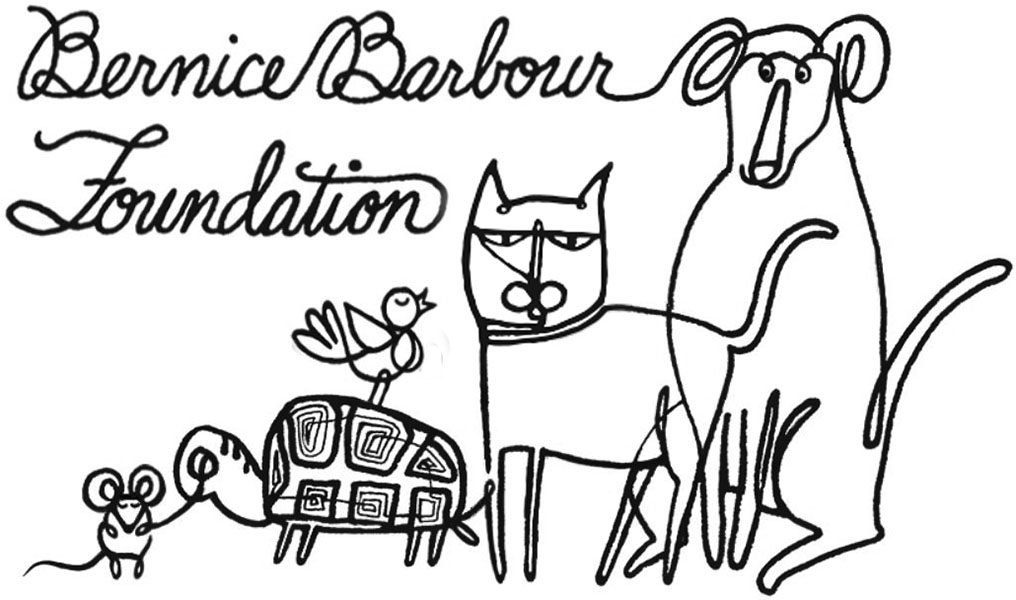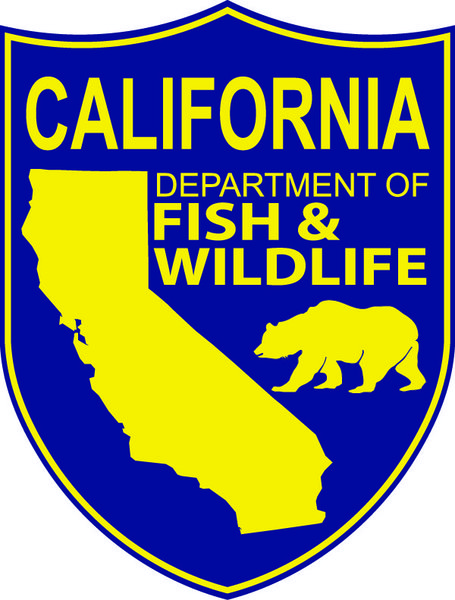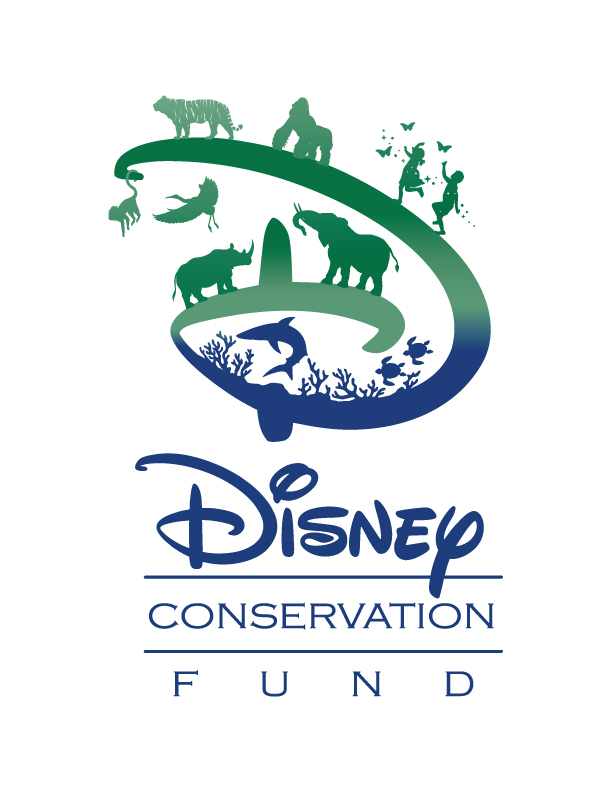-min2dff.jpg)
California Condor Recovery Program
The Santa Barbara Zoo is a partner in the cooperative effort to save California condors in the wild.
The California condor was the first species to be listed under the Endangered Species Act in 1967. By 1987, the entire wild population had been reduced to 22 wild birds, which were taken into human care to form the nucleus of today’s California Condor Recovery Program. The first birds were reintroduced into the wild in 1992.
About the Program
Project Overview
The Recovery Program for the California condor is an international multi-entity effort, led by the U.S. Fish and Wildlife Service. Partners in condor recovery include state, federal, non-governmental, and tribal partners. The Recovery Program is working to establish robust self-sustaining populations of condors within the historical distribution. The program includes several key components including addressing threats to the species in the wild; captive breeding; and release and monitoring at field sites.
The Zoo Connection
The Santa Barbara Zoo became an official partner in the California Condor Recovery Program in 2002.
What We’re Doing
Zoo conservationists actively participate in the California Condor Nest Guarding Program, working in the field to install nest cams and tag birds. The Zoo is also a place for juvenile condors to learn life skills from adults before they are released back into the wild.
Condor Nest Camera
Peer into the daily lives of an ancient and revered species through the California condor live-streaming nest cam.
Get up close and personal with an endangered California condor chick on this live-streaming nest cam live from the remote mountains near Hopper Mountain National Wildlife Refuge in Ventura County, California.
The live cams are done for the season, but you can check out this highlight reel. For more information about California condors, and conservation efforts, visit the Cornell Lab of Ornithology website.
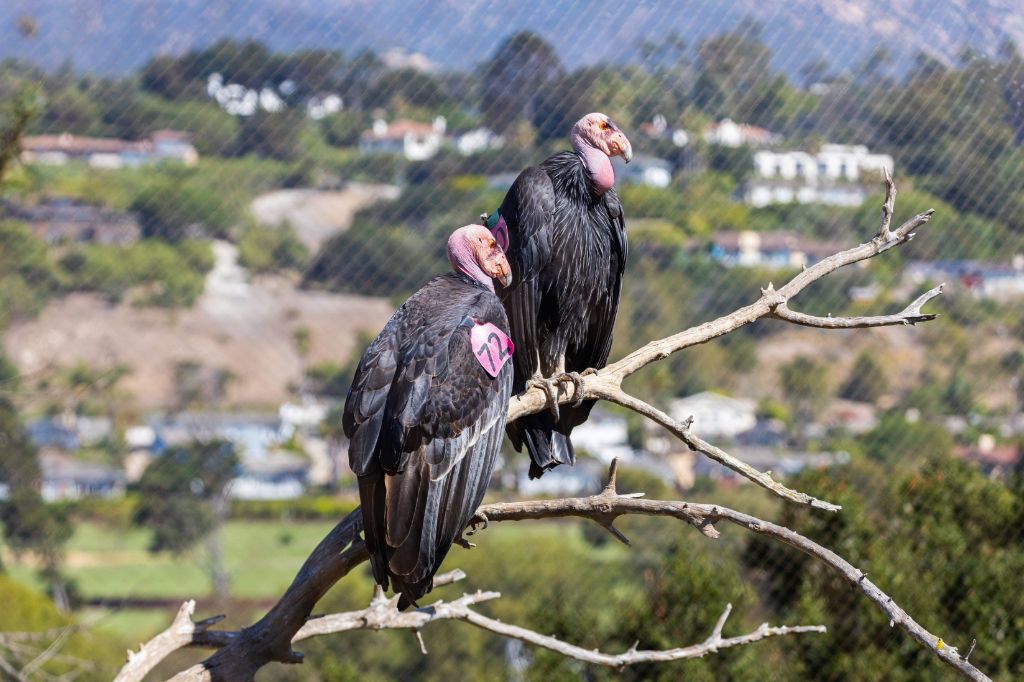
What You Can Do
Pack it in, Pack it out
While it has become more common practice for the conscientious hiker or camper to pick up large pieces of trash, what is more commonly seen on the ground is microtrash: the small bits of garbage that people either lose track of or shrug off as insignificant. Microtrash tends to come from disposable materials, is typically associated with consumable items, and is small enough to get left behind. But even tiny bits of trash can collectively add up to a big problem for our wildlife.
Thank You to Our Partners


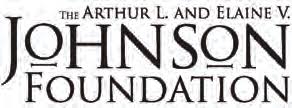
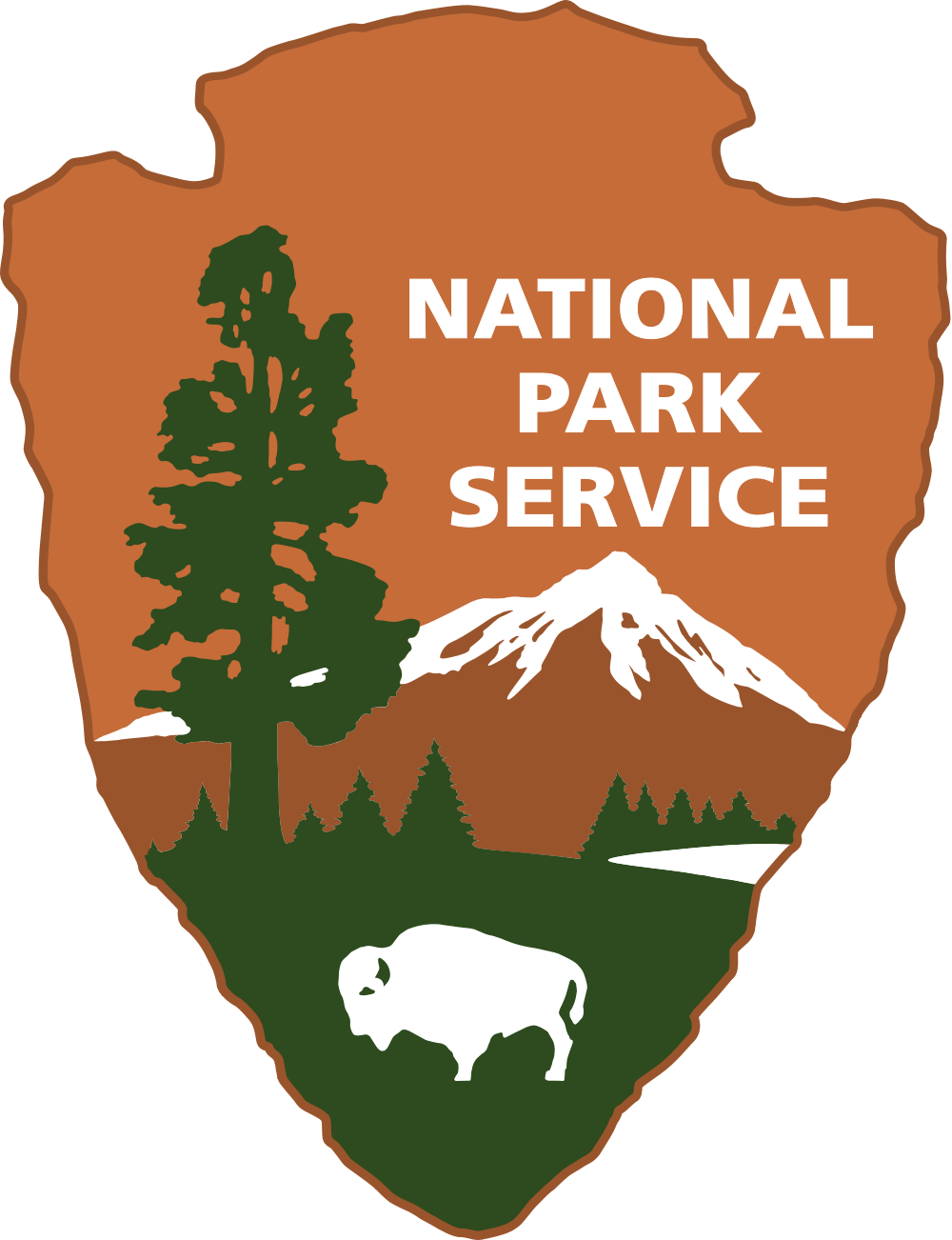



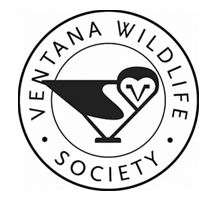
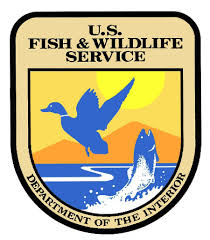

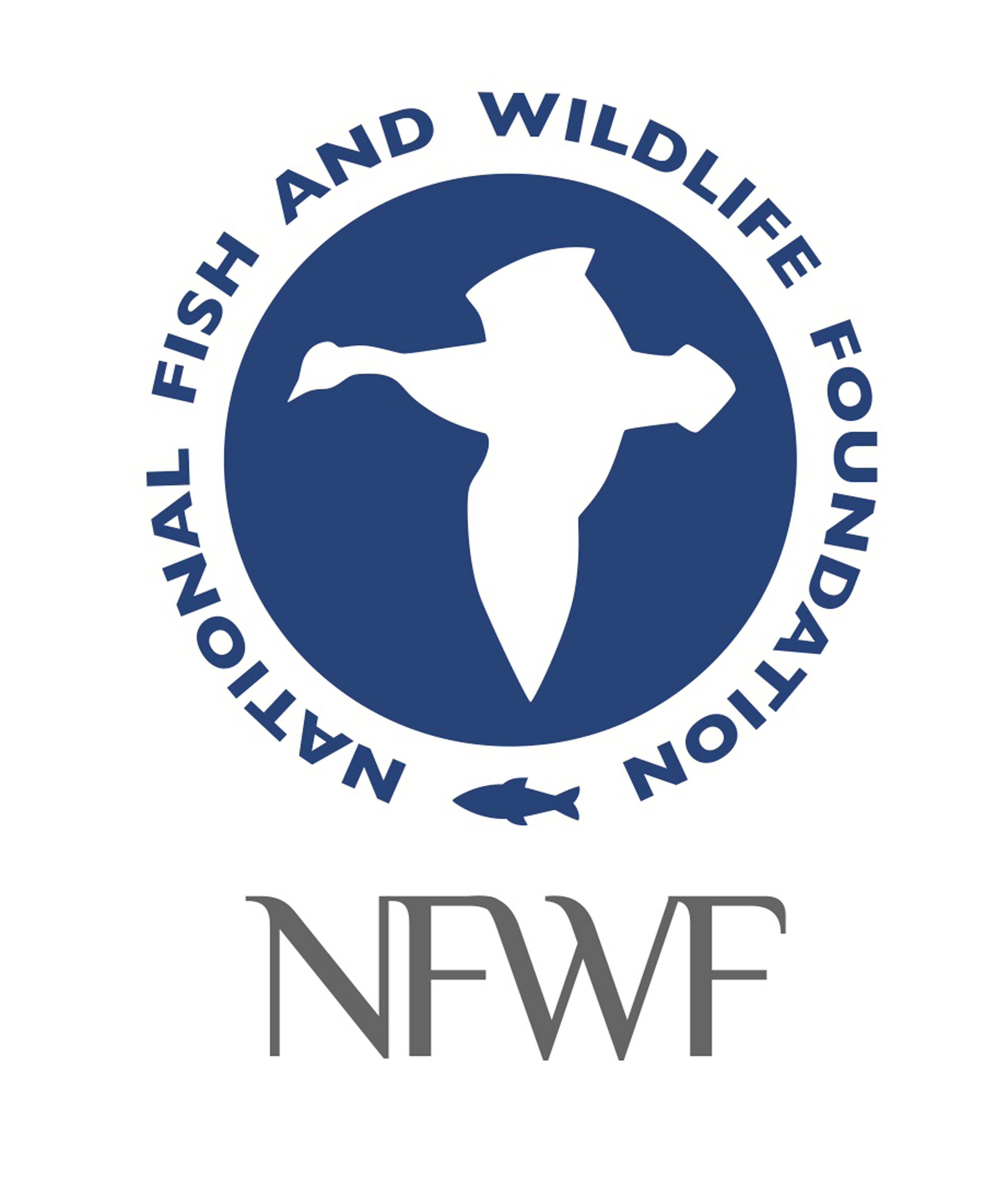


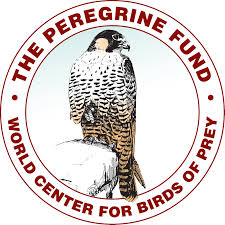
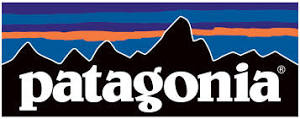
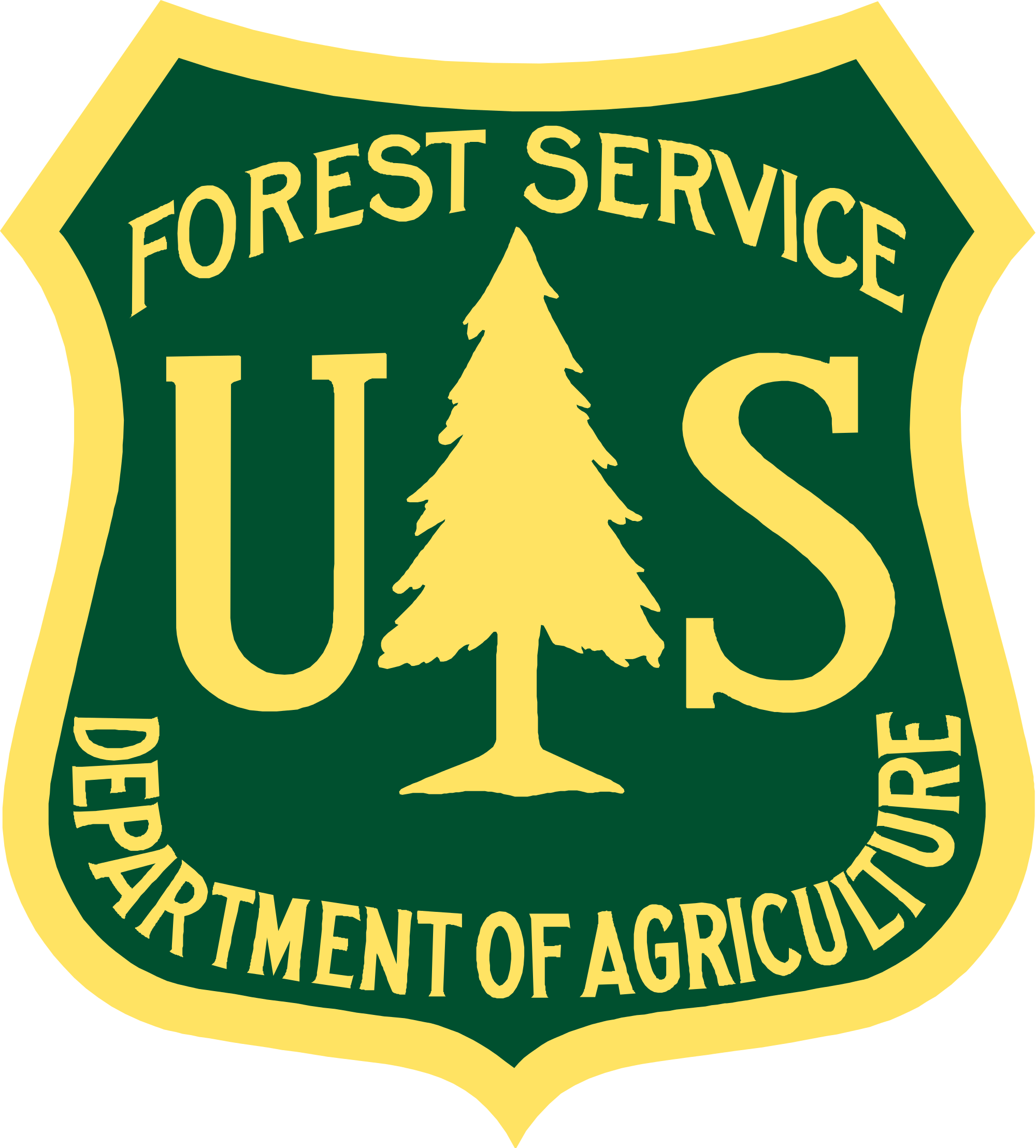
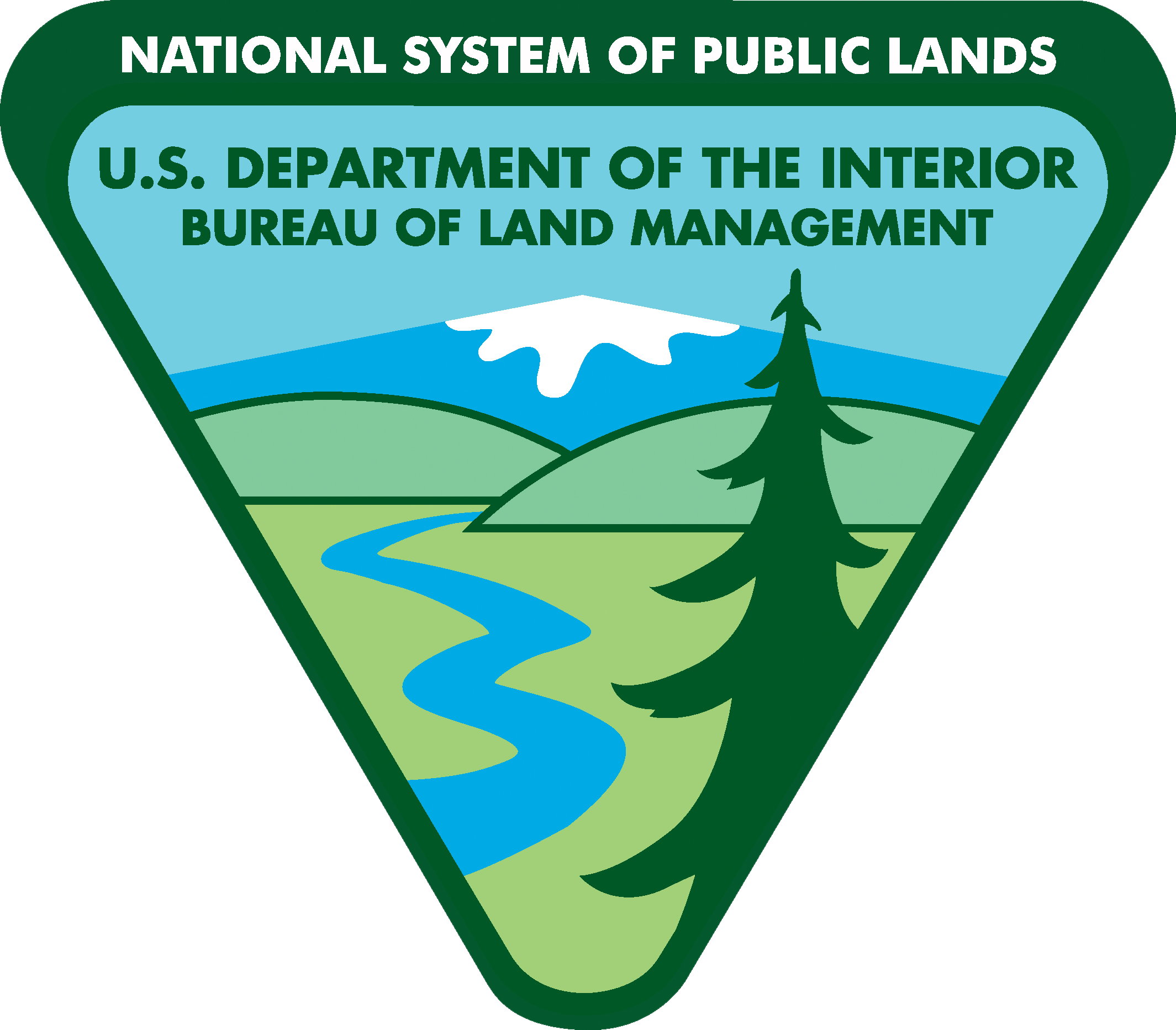
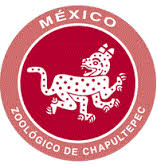
.webp)



